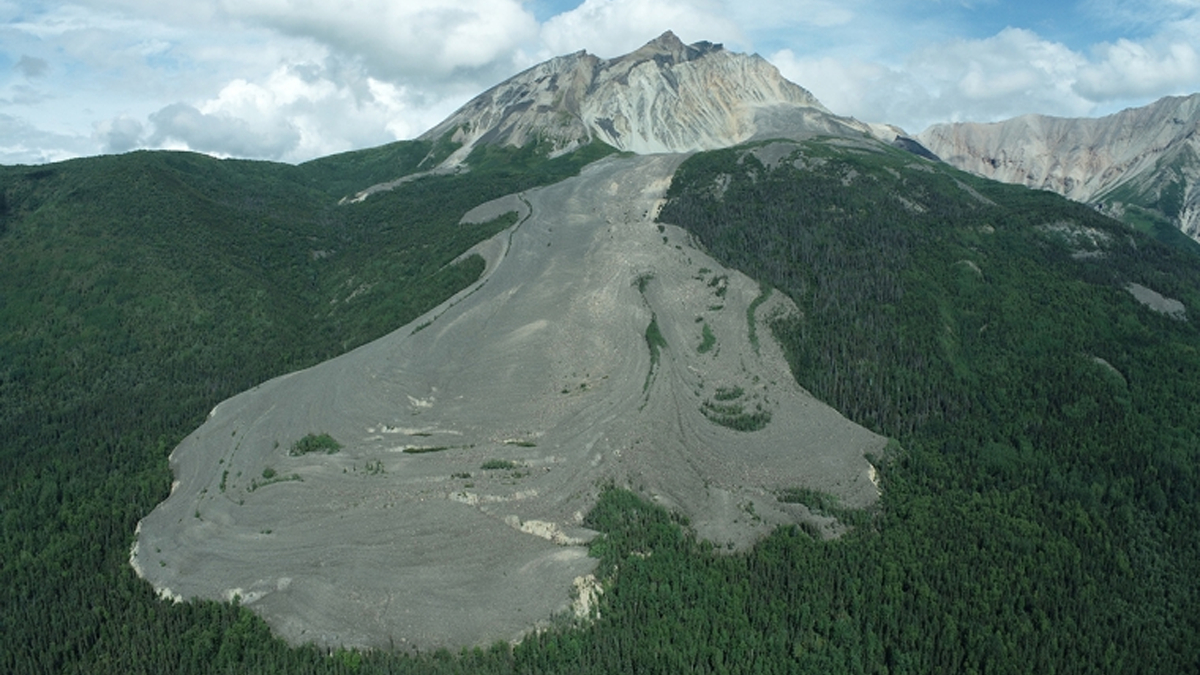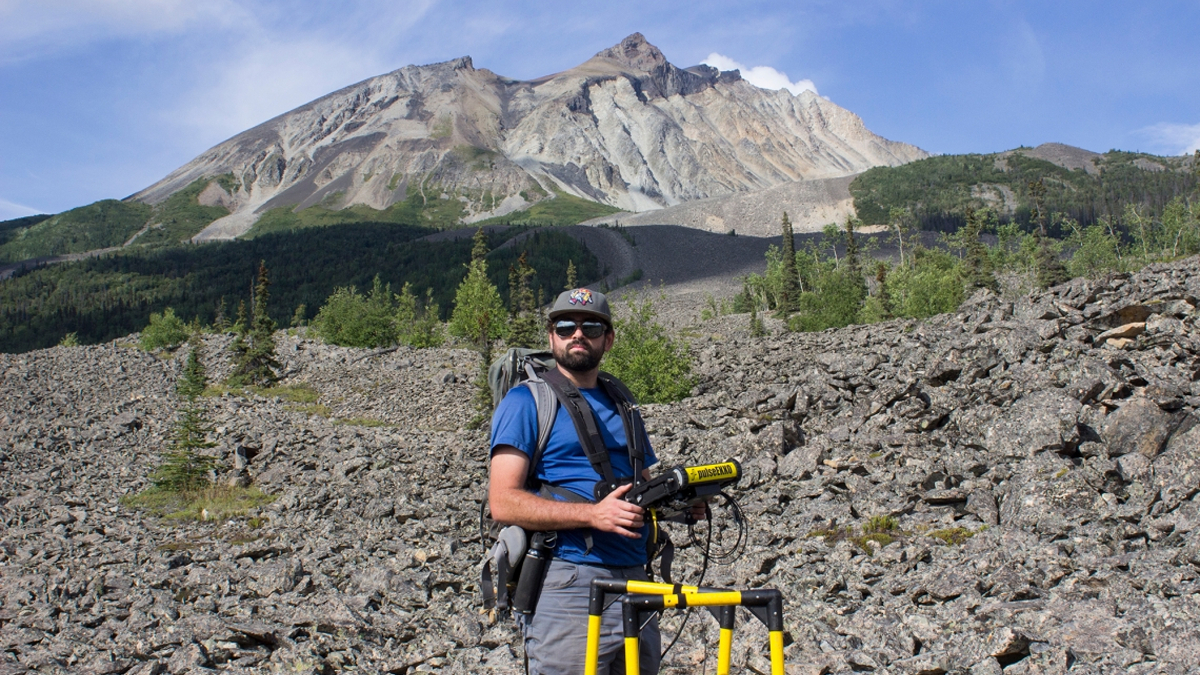Rock glaciers on Earth may help us prepare for water-seeking missions on Mars

We know you've heard of rocks before, and you've likely heard of glaciers. But did you know that rock glaciers exist? And not only here on Earth — they're also on Mars.
We know very little about Mars rock glaciers, but scientists do suspect that they may hold significant amounts of water, which could aid future human exploration and settlement on the Red Planet. Thus, a team of researchers from the University of Arizona has set out to study their Earth-based brethren in order better understand this intriguing geological formation.
A rock glacier is similar to a traditional ice glacier, but it's filled with far larger quantities of rocks and sand. That debris is commonly picked up when ice glaciers melt and refreeze at the base of mountains, where that rocky debris often gathers. Because of their composition, rock glaciers are typically much smaller than ice glaciers, though they both move very slowly over time.
Now if Martian rock glaciers are very similar to those on Earth, they might hold water ice that could be harvested by future Mars explorers. "They're … more accessible than polar ice because spacecraft wouldn't have to change their orbits as much as they would if they were to land on a pole, which requires a lot more fuel to reach," Tyler Meng, a doctoral student studying planetary science and geoscience at the University of Arizona who is participating in the research, said in a statement.
To study rock glaciers here on Earth, the researchers traveled to four rock glaciers in Colorado, Wyoming, and Alaska, mapping them in three dimensions with radar equipment. "In the process, we made the most precise estimates of rock glacier geometry and composition to date," Meng said. That data can be used to study the water budget in those mountain regions, because the glaciers serve as reservoirs — which they hopefully do on Mars, too.
"Our goal is to use these rock glaciers on Earth as an analog for processes on Mars," said Meng. "By mapping the patterns of debris thickness on Earth, we're trying to understand how that debris thickness may also vary on Mars. Also, by learning about the differences in flow parameters between clean ice and debris-rich ice, that will help simulations for the Martian case as well."
Next up for the team: more measuring. But this time they'll not only be using radar equipment, but also drones — a technique that could perhaps one day be used on Mars with a vehicle like NASA's Ingenuity helicopter, which has been flying sorties as part of the Perseverance rover mission for over a year.
Breaking space news, the latest updates on rocket launches, skywatching events and more!
A study based on the team's research was published in the Journal of Glaciology on Oct. 21.
Follow Stefanie Waldek on Twitter @StefanieWaldek. Follow us on Twitter @Spacedotcom and on Facebook.

Space.com contributing writer Stefanie Waldek is a self-taught space nerd and aviation geek who is passionate about all things spaceflight and astronomy. With a background in travel and design journalism, as well as a Bachelor of Arts degree from New York University, she specializes in the budding space tourism industry and Earth-based astrotourism. In her free time, you can find her watching rocket launches or looking up at the stars, wondering what is out there. Learn more about her work at www.stefaniewaldek.com.

